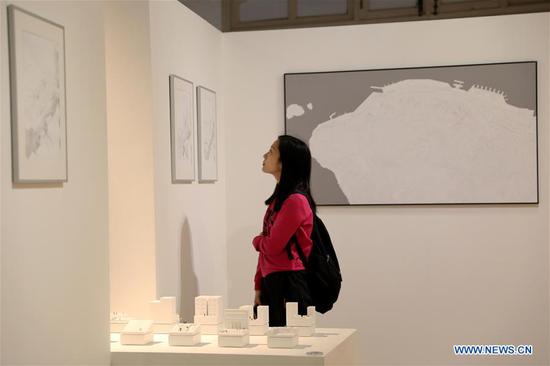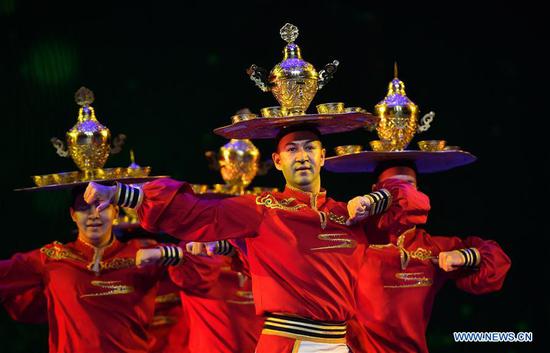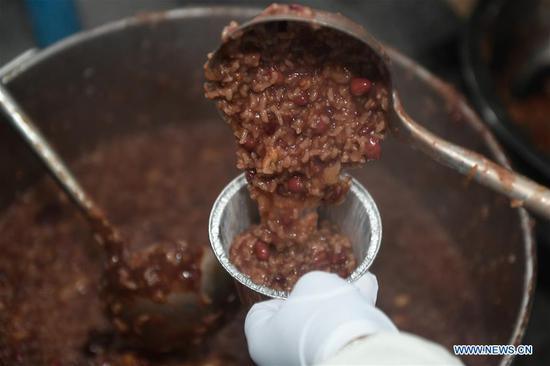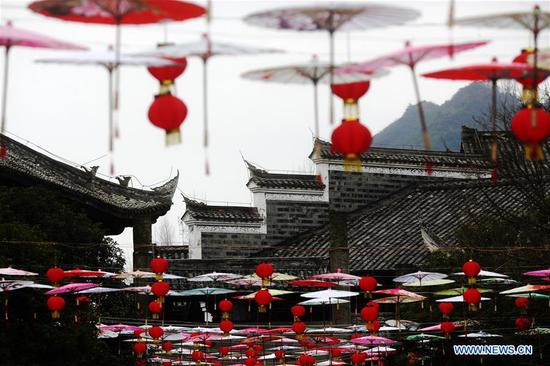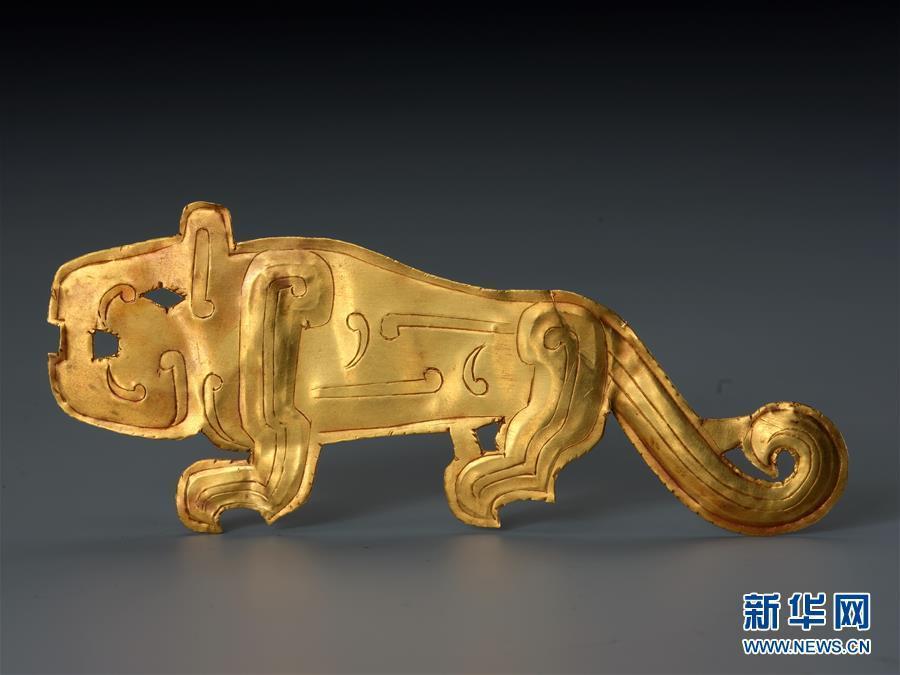
A golden tiger, unearthed in the Liujaiwa ruins in Chengcheng County, Shaanxi Province. A research team from the Shaanxi Provincial Institute of Archaeology announced excavations that had taken place over two years showed the Liujiawa ruins belonged to the remains of a city wall and cemetery from the late Rui state, a Chinese vassal state during the Western Zhou dynasty (1046-771 BC). (Photo provided by Shaanxi Provincial Institute of Archaeology)
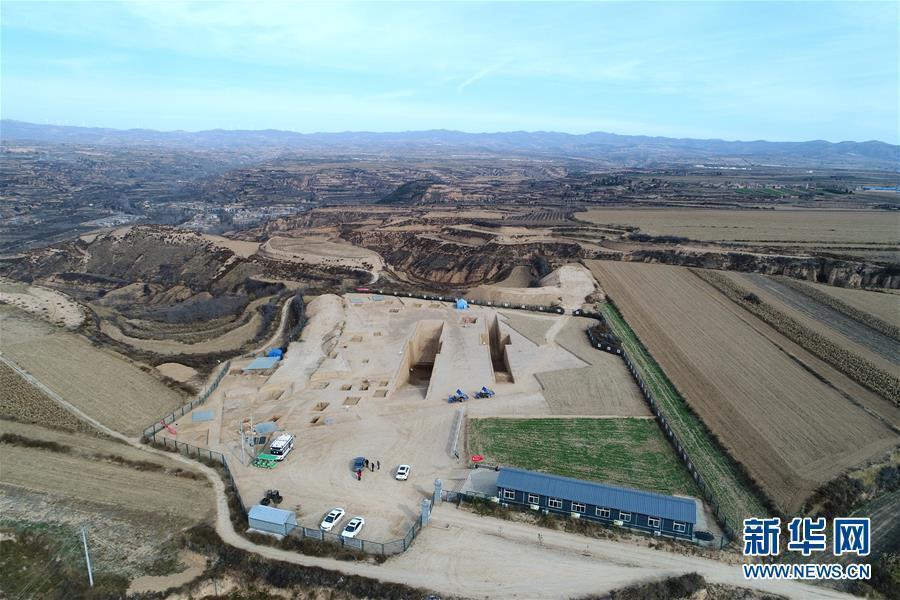
A view of the excavations in the Liujaiwa ruins in Chengcheng County, Shaanxi Province. A research team from the Shaanxi Provincial Institute of Archaeology announced excavations that had taken place over two years showed the Liujiawa ruins belonged to the remains of a city wall and cemetery from the late Rui state, a Chinese vassal state during the Western Zhou dynasty (1046-771 BC). (Photo provided by Shaanxi Provincial Institute of Archaeology)
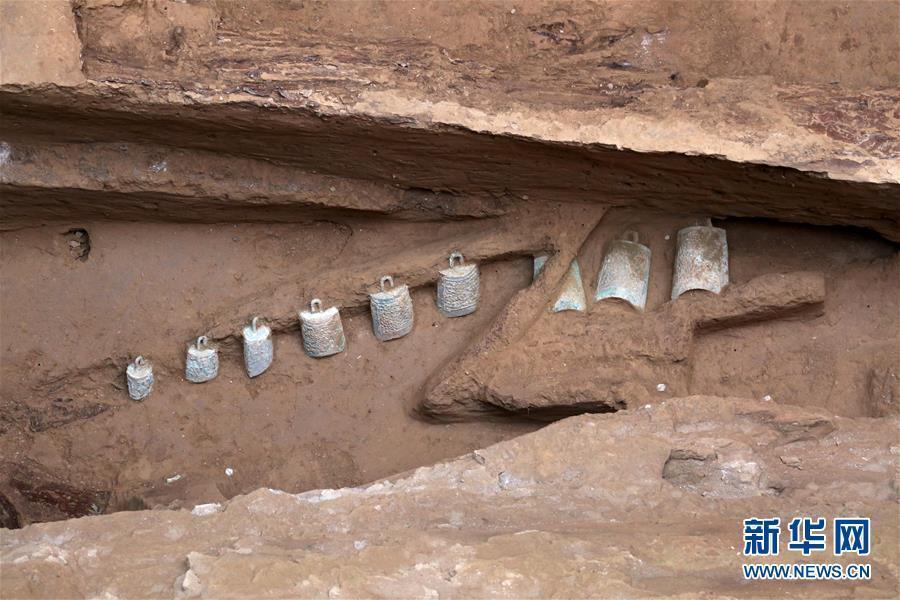
Chimes unearthed in the Liujaiwa ruins in Chengcheng County, Shaanxi Province. A research team from the Shaanxi Provincial Institute of Archaeology announced excavations that had taken place over two years showed the Liujiawa ruins belonged to the remains of a city wall and cemetery from the late Rui state, a Chinese vassal state during the Western Zhou dynasty (1046-771 BC). (Photo provided by Shaanxi Provincial Institute of Archaeology)
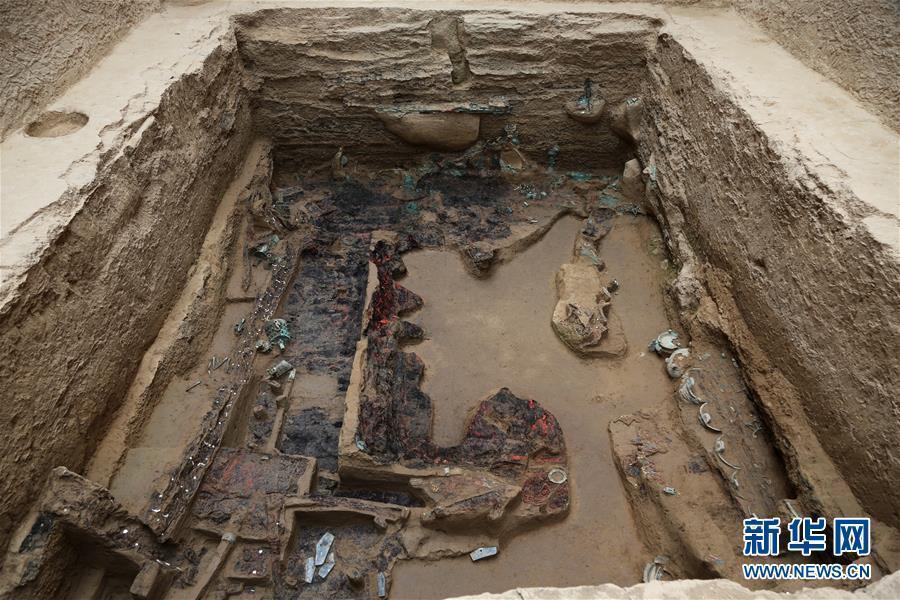
A view of the excavations in the Liujaiwa ruins in Chengcheng County, Shaanxi Province. A research team from the Shaanxi Provincial Institute of Archaeology announced excavations that had taken place over two years showed the Liujiawa ruins belonged to the remains of a city wall and cemetery from the late Rui state, a Chinese vassal state during the Western Zhou dynasty (1046-771 BC). (Photo provided by Shaanxi Provincial Institute of Archaeology)
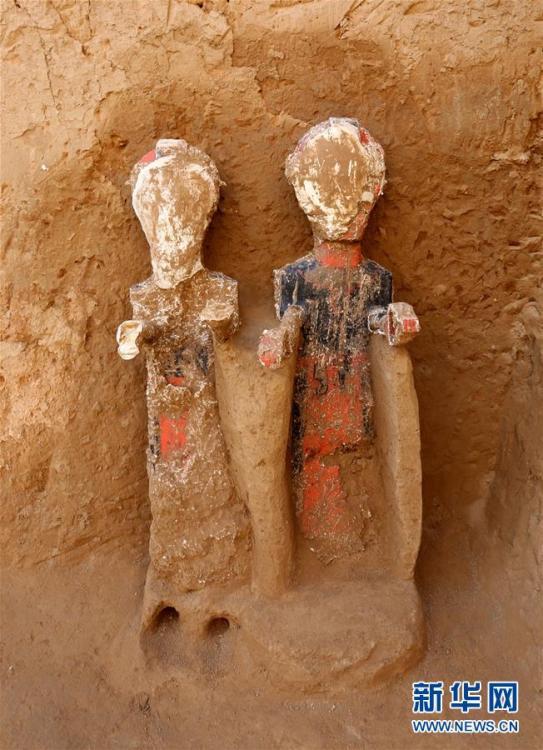
Wooden figurines unearthed in the Liujaiwa ruins in Chengcheng County, Shaanxi Province. A research team from the Shaanxi Provincial Institute of Archaeology announced excavations that had taken place over two years showed the Liujiawa ruins belonged to the remains of a city wall and cemetery from the late Rui state, a Chinese vassal state during the Western Zhou dynasty (1046-771 BC). (Photo provided by Shaanxi Provincial Institute of Archaeology)
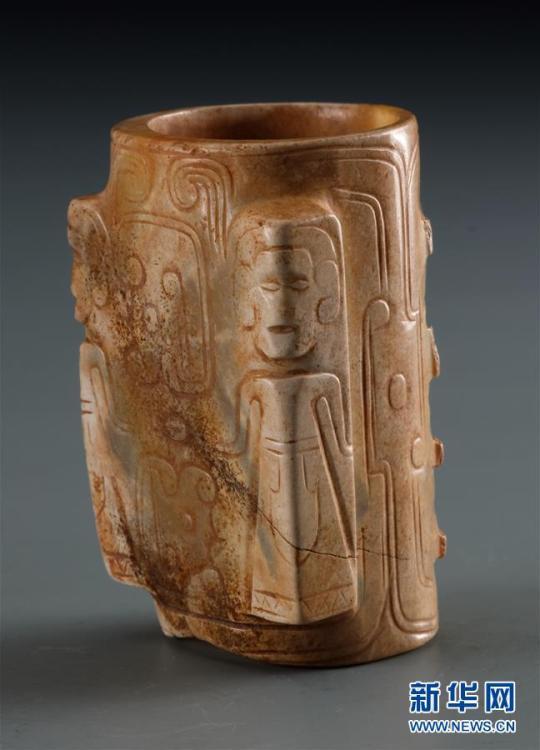
A Jade cong unearthed in the Liujaiwa ruins in Chengcheng County, Shaanxi Province. A research team from the Shaanxi Provincial Institute of Archaeology announced excavations that had taken place over two years showed the Liujiawa ruins belonged to the remains of a city wall and cemetery from the late Rui state, a Chinese vassal state during the Western Zhou dynasty (1046-771 BC). (Photo provided by Shaanxi Provincial Institute of Archaeology)
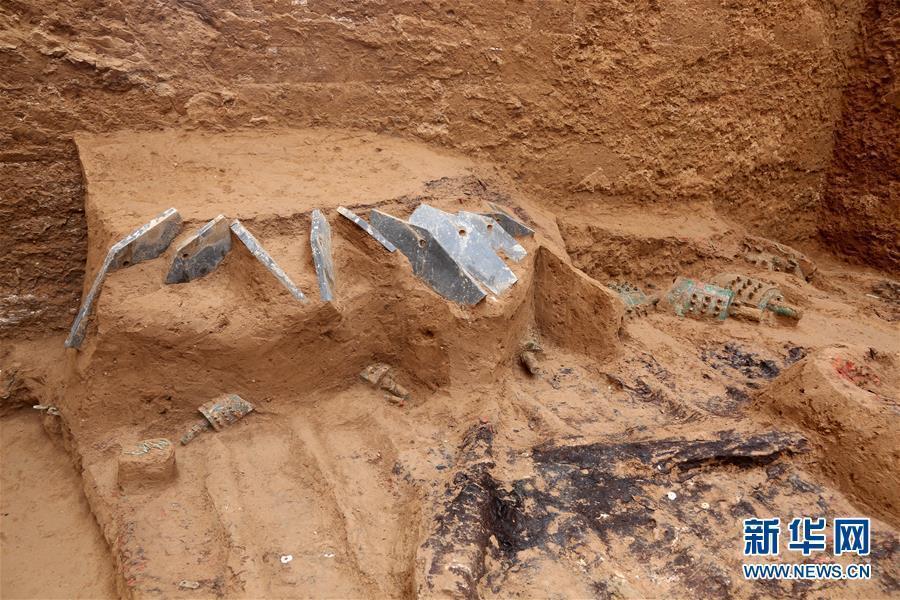
Stone resonators unearthed in the Liujaiwa ruins in Chengcheng County, Shaanxi Province. A research team from the Shaanxi Provincial Institute of Archaeology announced excavations that had taken place over two years showed the Liujiawa ruins belonged to the remains of a city wall and cemetery from the late Rui state, a Chinese vassal state during the Western Zhou dynasty (1046-771 BC). (Photo provided by Shaanxi Provincial Institute of Archaeology)
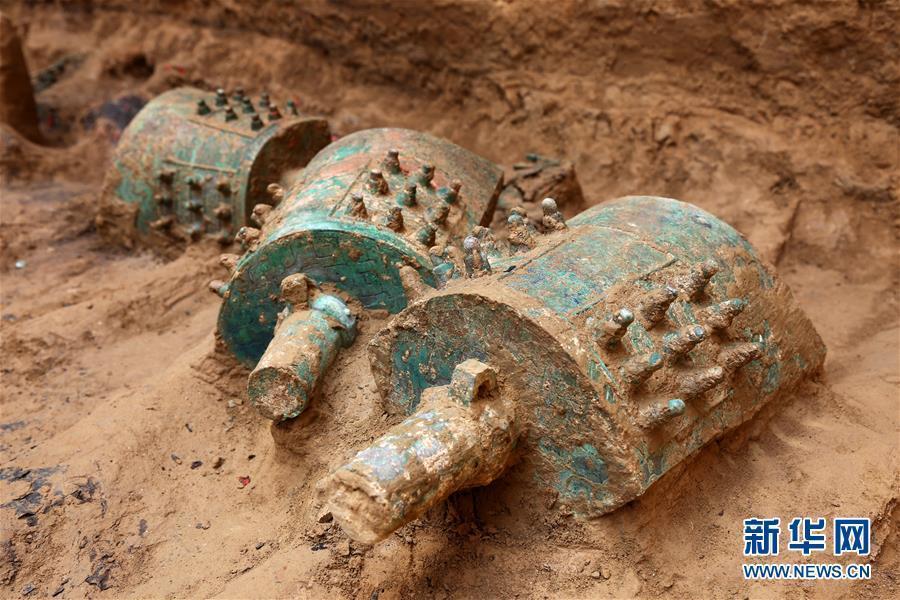
Bronze bells unearthed in the Liujaiwa ruins in Chengcheng County, Shaanxi Province. A research team from the Shaanxi Provincial Institute of Archaeology announced excavations that had taken place over two years showed the Liujiawa ruins belonged to the remains of a city wall and cemetery from the late Rui state, a Chinese vassal state during the Western Zhou dynasty (1046-771 BC). (Photo provided by Shaanxi Provincial Institute of Archaeology)

